
Decentralized Physical Infrastructure Networks (DePINs) are upending the traditional telecom paradigm, shifting the power of wireless connectivity from centralized giants to distributed communities. At the heart of this revolution lies Decentralized Quality Verification (DQV), a set of mechanisms that ensure network reliability, data integrity, and fair rewards without a single point of control. As DePIN wireless networks scale on Solana and beyond, DQV is rapidly emerging as the linchpin for trust and growth.

The Stakes: Why Quality Verification Matters in DePIN Wireless
Unlike legacy telecoms, where a single entity monitors network performance, DePINs like Helium and XPIN rely on thousands of independent participants to deploy hotspots and relay data. This democratization unlocks rapid expansion and cost efficiency but introduces new risks: How does anyone know if a node’s coverage claims are real? What prevents malicious actors from gaming reward systems or injecting false data?
Enter DQV. By weaving cryptographic proofs, machine learning analytics, and community-driven audits into the fabric of DePIN infrastructure, these networks can verify device behavior, validate coverage claims, and distribute rewards based on genuine contribution. The result is a system that scales trustlessly, no central authority required.
Anchoring Data On-Chain: The XPIN and LazAI Approach
The recent collaboration between LazAI and XPIN exemplifies how DePIN projects are pushing technical boundaries in decentralized AI network validation. LazAI’s Data Anchoring Token (DAT) technology enables real-world data from XPIN’s wireless infrastructure to be immutably recorded on-chain. This not only creates an auditable trail for every packet relayed but also allows AI agents to coordinate quality checks autonomously.
This fusion is more than a partnership; it is a model for how modular frameworks can empower decentralized infrastructure rewards while ensuring verifiable service levels. By anchoring telemetry data directly to Solana’s blockchain, XPIN reduces the surface area for manipulation, a critical step as networks scale from hobbyist deployments to city-wide coverage.
Privacy Meets Proof: Zero-Knowledge Verification in Action
The next evolution in DePIN wireless quality verification comes from integrating privacy-preserving technologies like zero-knowledge proofs (ZKPs). Projects such as IoTeX and NovaNet have begun deploying devices capable of generating ZKPs that attest to their operational integrity, without disclosing sensitive user or location details. This approach addresses two critical challenges simultaneously: scaling trust in open networks while safeguarding user privacy.
ZKPs allow devices to prove they have relayed packets or maintained uptime according to protocol requirements without revealing raw logs or exposing users’ identities. As detailed by NovaNet (read more here), this technology lays the groundwork for mass adoption by enterprises concerned with regulatory compliance and consumer protection alike.
Token Incentives and Real-Time Proof-of-Coverage
Perhaps the most visible success story in DePIN is Helium, a network where individuals deploy hotspots providing LoRaWAN or 5G coverage in exchange for token rewards. At its current price of $2.20 (as of today), HNT reflects both investor confidence and the ongoing evolution of decentralized infrastructure rewards models.
The backbone of Helium’s ecosystem is its proof-of-coverage protocol, a DQV mechanism that uses cryptographic challenges to verify whether hotspots truly provide connectivity where claimed. Nodes must collaborate with neighbors to complete randomized tests; only those passing these checks earn HNT tokens. This creates an economic flywheel where honest participation directly correlates with financial gain while deterring fraudulent activity through transparent verification.
Beyond Helium, DePIN wireless networks on Solana are rapidly iterating on these incentive structures. Modular protocols like the Generalised DePIN (GDP) framework introduce multi-sensor redundancy and dynamic reward/penalty schemes, ensuring that coverage quality is constantly audited and improved. This level of granularity in quality verification would be virtually impossible in legacy, centralized systems, yet it is becoming the standard in decentralized telecom.
Top DePIN Wireless Projects Using Decentralized Quality Verification on Solana
-
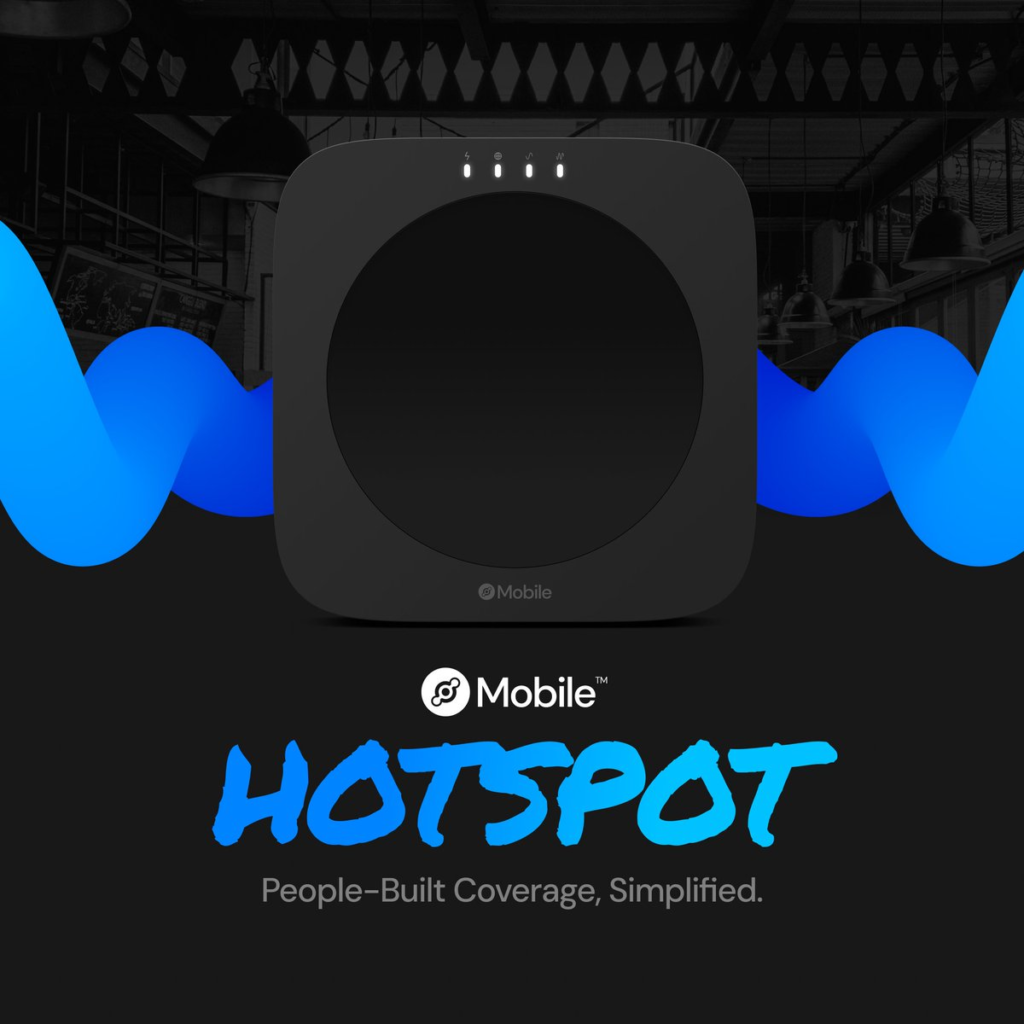
Helium — The leading DePIN wireless network, Helium incentivizes users to deploy LoRaWAN and 5G hotspots and uses Proof-of-Coverage to verify network quality. Participants earn HNT (currently $2.20) for providing reliable coverage, leveraging Solana for scalability and decentralized validation.
-
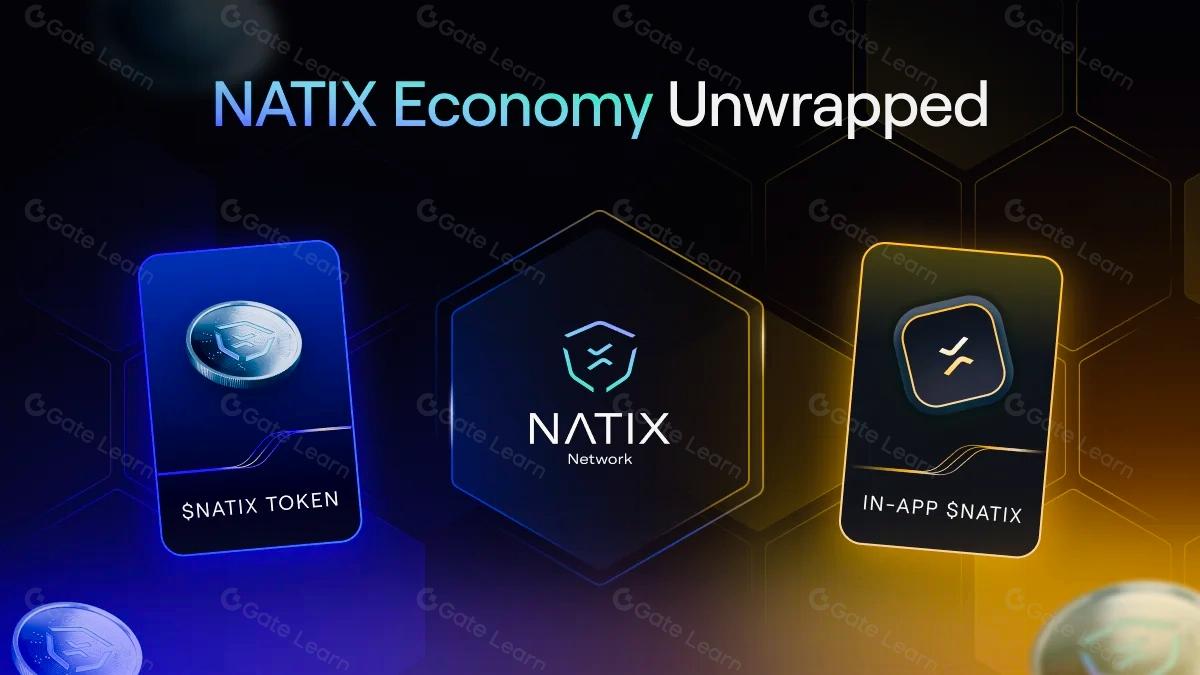
NATIX Network — Built on Solana, NATIX leverages AI-enabled smart cameras for decentralized mapping and quality verification. Their system uses cryptographic signatures and machine learning to ensure data integrity and authenticity across a global sensor network.
-
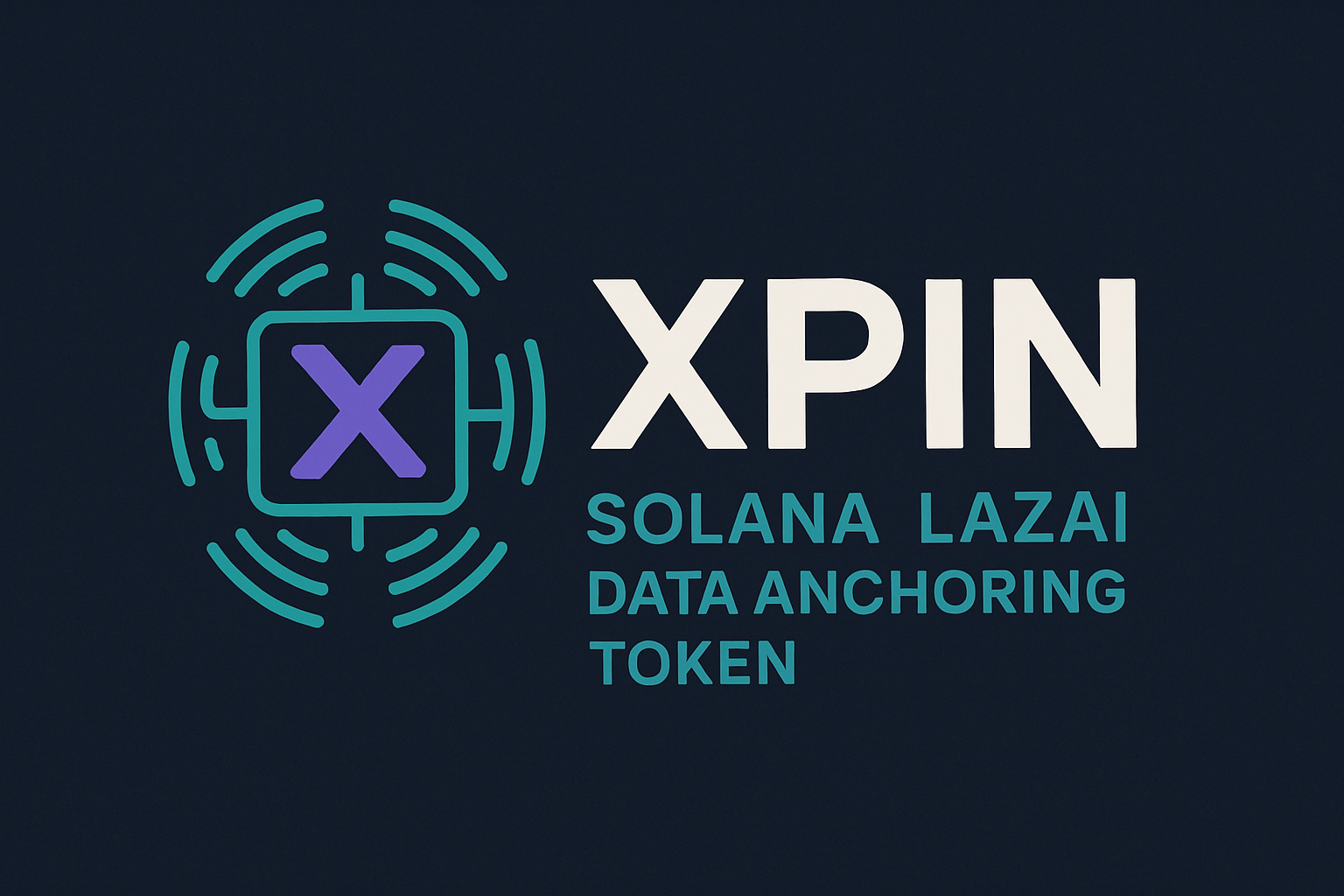
XPIN — XPIN is pioneering decentralized wireless infrastructure on Solana, recently collaborating with LazAI to integrate Data Anchoring Token (DAT) technology for robust, decentralized quality verification and coordination across wireless nodes.
-
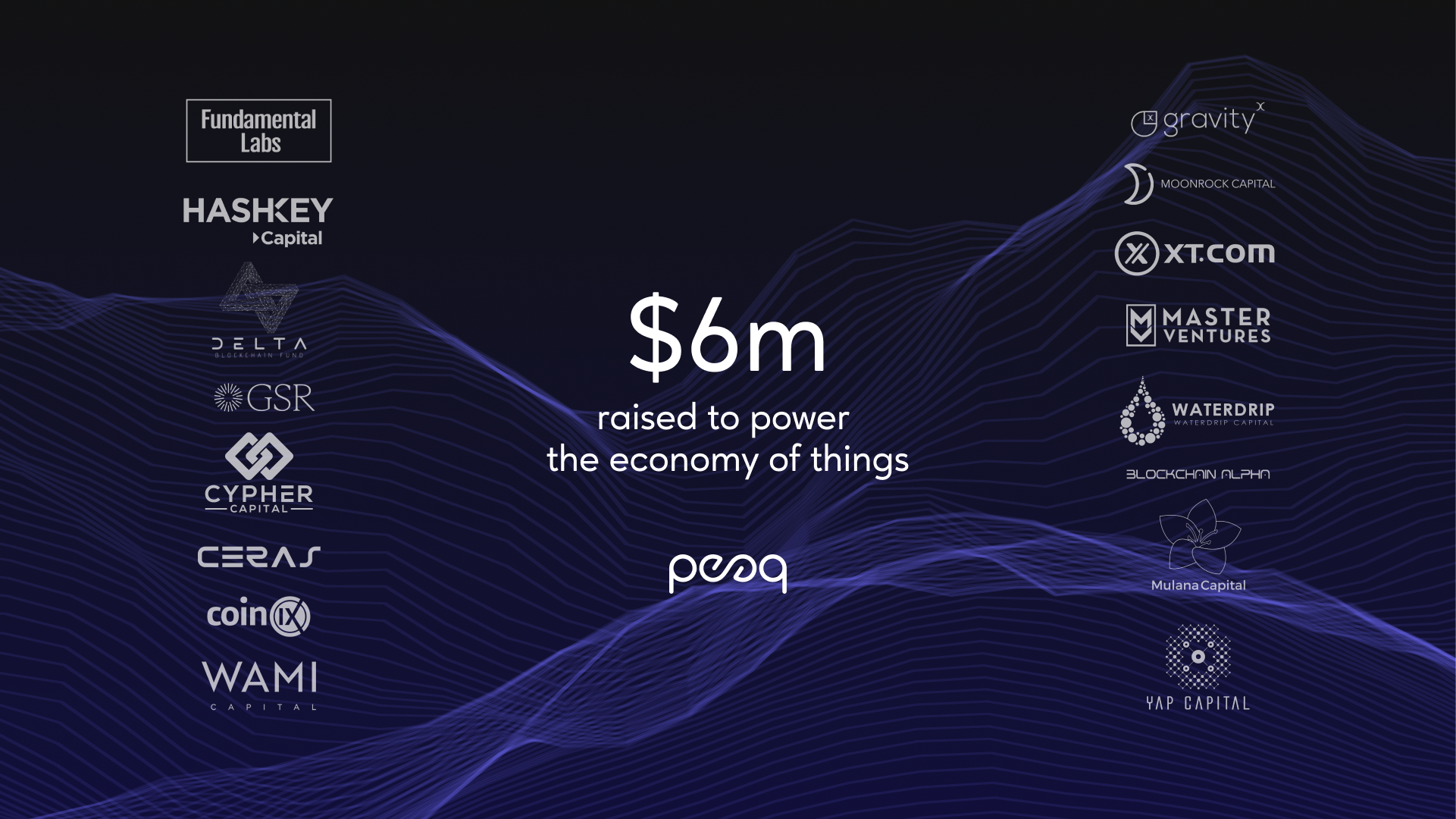
peaq — While cross-chain, peaq’s modular frameworks are being adopted by Solana-based DePIN projects to enable cryptographic signing, trusted oracles, and machine learning for multi-layered decentralized quality verification in wireless and IoT deployments.
-
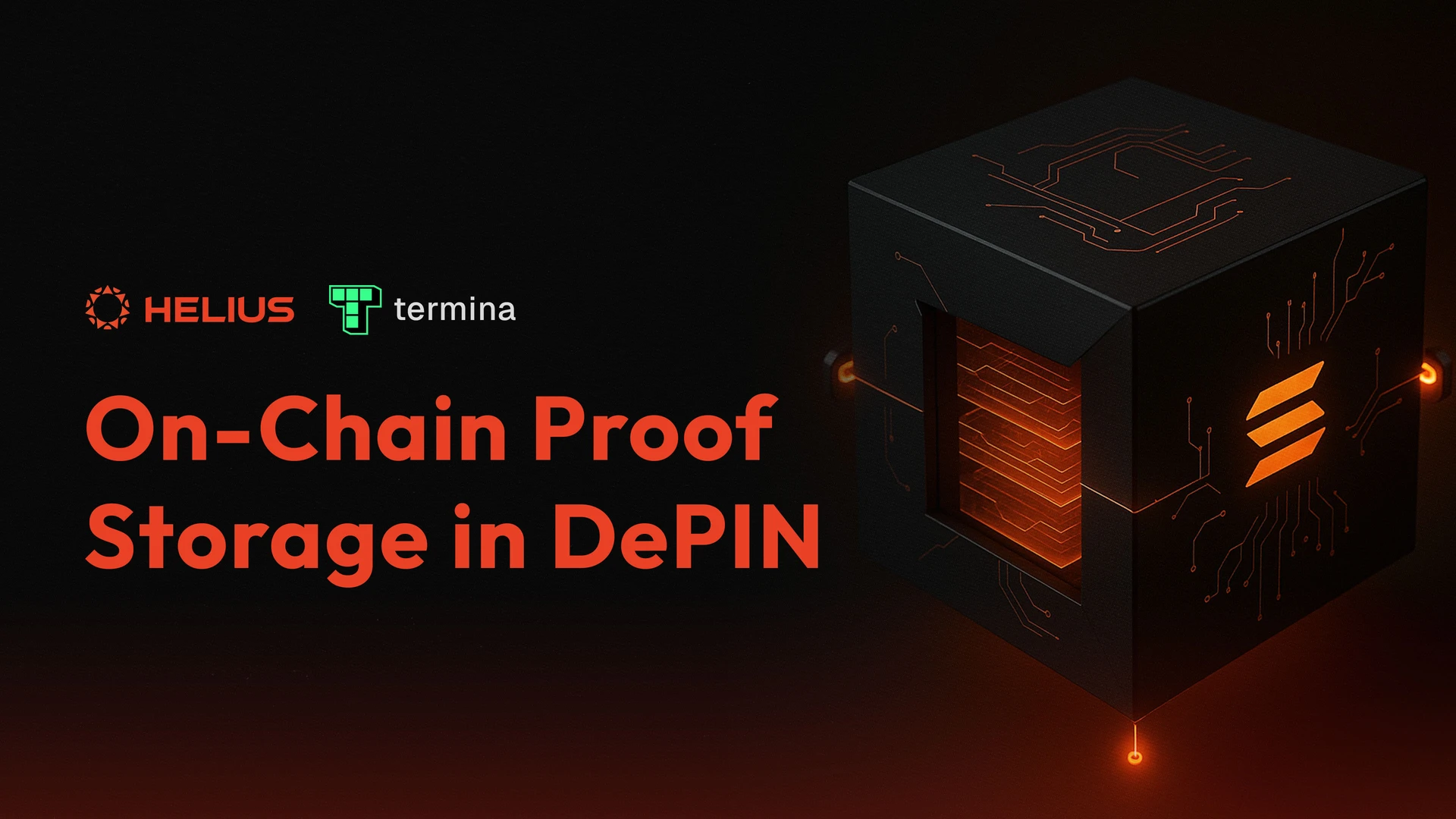
Generalised DePIN (GDP) Protocol — This open-source protocol on Solana provides a modular architecture for decentralized physical infrastructure, including device onboarding, multi-sensor redundancy, and reward/penalty mechanisms to ensure verifiable quality and network integrity.
What’s crucial here is the synergy between technical innovation and economic design. Decentralized quality verification isn’t just a back-end feature; it is the foundation for robust tokenomics. By tying rewards directly to verifiable actions, such as validated coverage, uptime, or accurate data relays, networks align participant incentives with network health. This creates a positive feedback loop that drives both reliability and adoption at scale.
AI-Driven Audits and Community Governance
The integration of AI into DePIN wireless networks takes DQV to a new level. With machine learning models monitoring network activity in real time, anomalies can be flagged automatically, whether it’s a sudden drop in coverage or suspicious traffic patterns. Community governance protocols then empower stakeholders to review flagged events, propose penalties or upgrades, and vote transparently on protocol changes.
This blend of AI-driven automation and decentralized human oversight is already visible in emerging collaborations like LazAI × XPIN. Here, AI agents not only coordinate data anchoring but also participate in quality assessments that inform network-wide decisions. The result: faster response times to outages or attacks, greater resilience against manipulation, and an open forum for continuous improvement.
Strategic Implications for Investors and Builders
For investors eyeing Solana DePIN telecom opportunities, understanding DQV mechanisms is now table stakes. Projects that successfully implement transparent, scalable quality verification will be best positioned to attract enterprise partners, and command premium valuations as trustless infrastructure becomes essential for smart cities and IoT applications.
Builders should focus on interoperability: integrating zero-knowledge proofs, modular auditing frameworks, and on-chain data anchoring tokens like DAT across devices from multiple vendors. The more composable these systems become, the easier it will be for new entrants to plug into existing networks while upholding stringent quality standards.
Key takeaway: As DePIN wireless matures on Solana’s high-throughput blockchain, decentralized quality verification isn’t just a technical upgrade, it’s the strategic lever unlocking global-scale connectivity without sacrificing trust or privacy.








